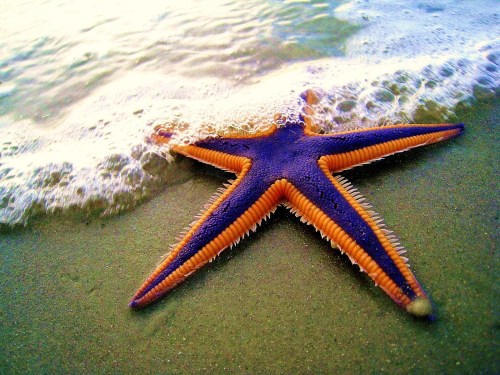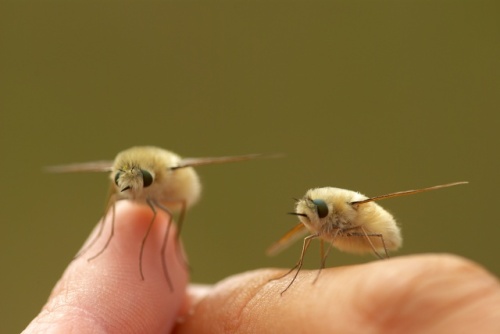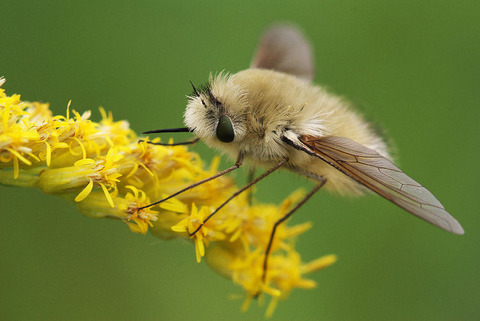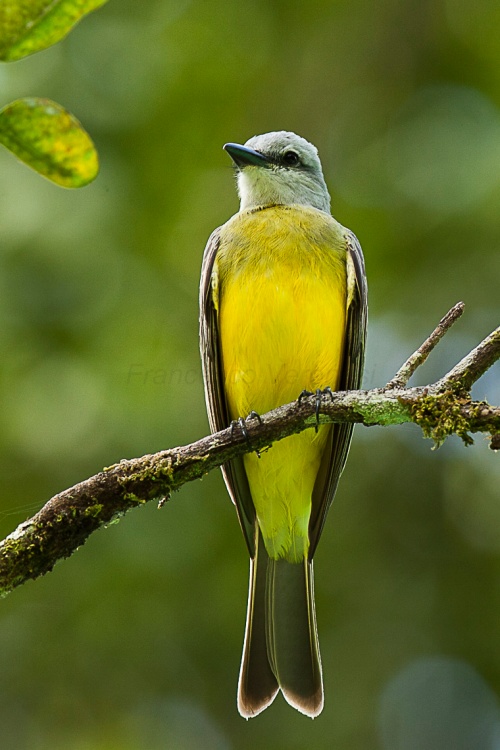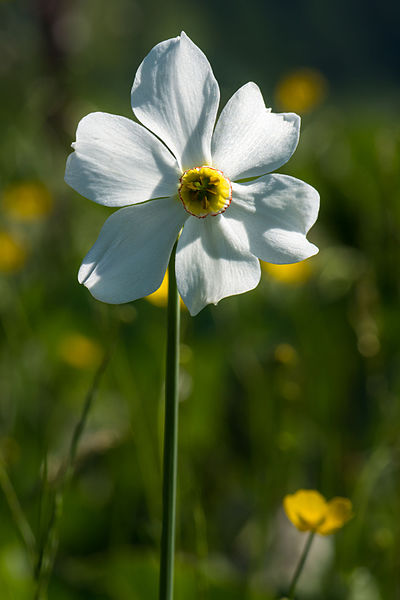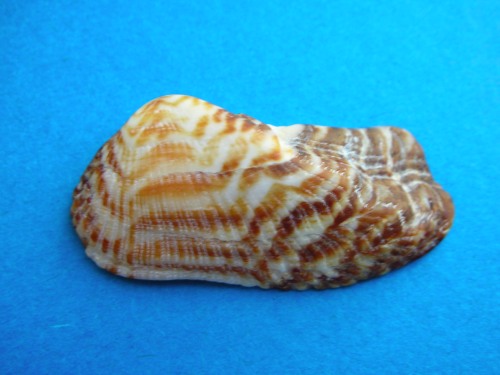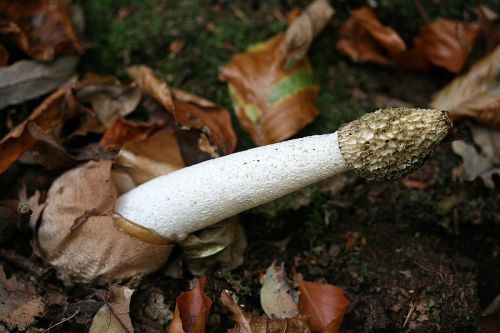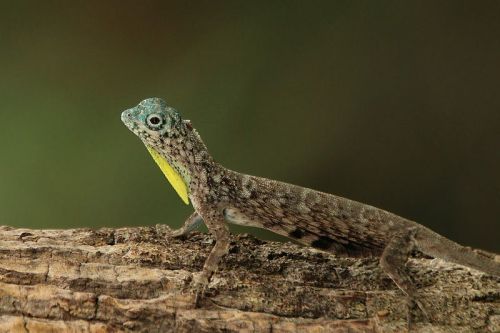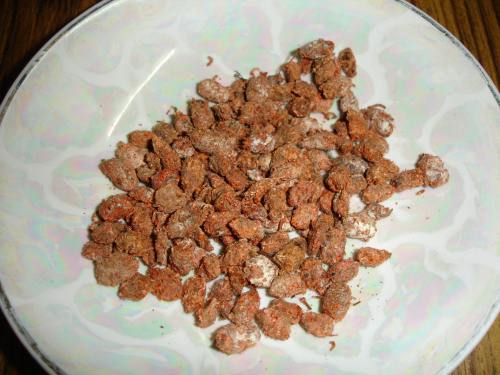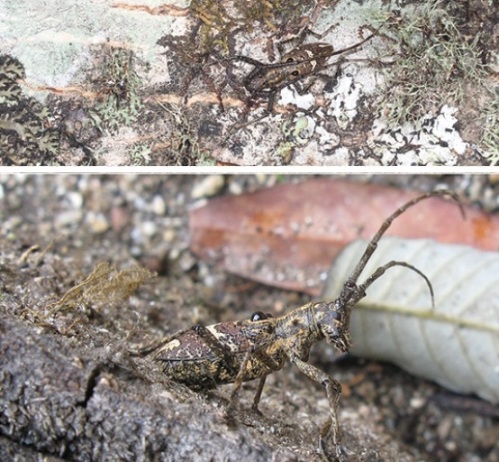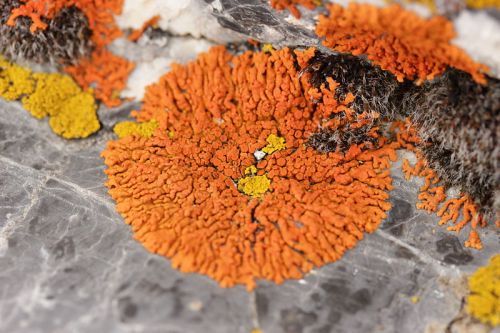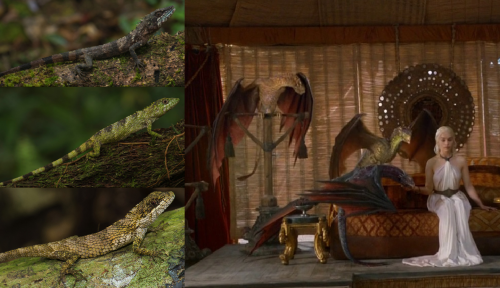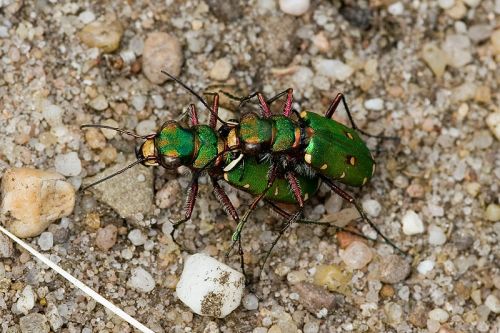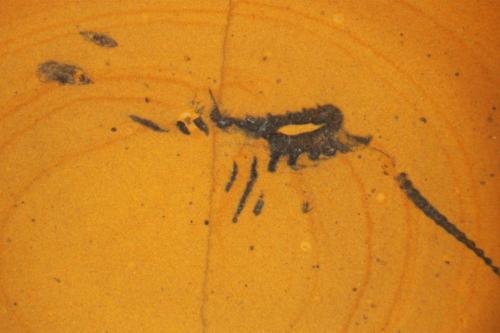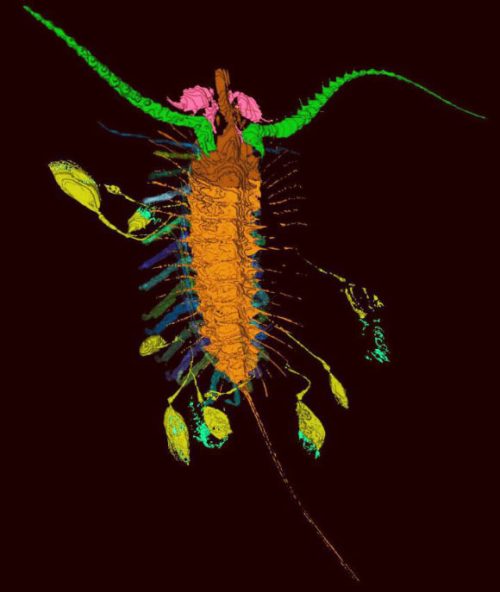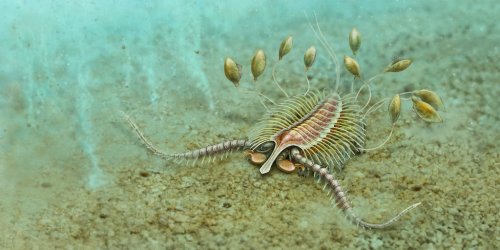by Piter Kehoma Boll
Here is a list of species described from July 11 to July 20. It certainly does not include all described species. Most information comes from the journals Mycokeys, Phytokeys, Zookeys, Phytotaxa, Zootaxa, International Journal of Systematic and Evolutionary Microbiology, and Systematic and Applied Microbiology, as well as journals restricted to certain taxa.

Scorpaenodes barrybrowny Pitassy & Baldwin is a new scorpionfish described during the last 11 days.
Plants
- 1 new liverwort: Cephaloziella tahora sp. nov.;
- 13 new flowering plants: Passiflora splendida and P. quinonesiae spp. nov.; Senecio sangayensis sp. nov.; Seychellaria barbata sp. nov.; Merremia hoehnei sp. nov.; Scleria chasmema and S. didina spp. nov.; Isodon villosus sp. nov.; Arabis erecta sp. nov.; Onosma ghahremanii sp. nov.; Chionanthus megistocarpus sp. nov.; Primulina linearicalyx sp. nov.; Erysimum polatschekii sp. nov.;
Amoebozoans
- 1 new amoeba: Korotnevella venosa n. sp.;
Fungi
- 9 new basidiomycetes: Cortinarius jonimitchelliae and C. pastoralis spp. nov.; Pluteus umbrosoides sp. nov.; Gloeocantharellus aculeatus sp. nov.; Hyphodontia dimitica and H. subefibulata spp. nov.; Cystoderma carpaticum sp. nov.; Mycena nivicola and M. bulliformis spp. nov.;
- 7 new ascomycetes: Peziza hellenica sp. nov., P. oceanica sp. nov.; Trichoderma shennongjianum and Trichoderma tibetense spp. nov.; Chrysofolia barringtoniae sp. nov.; Tuber japonicum and T. flavidosporum spp. nov.;
Sponges
- 2 new demosponges: Hamacantha (Vomerula) cassanoi n. sp. and Prosuberites salgadoi n. sp.;
Cnidarians
- 1 new coral: Sphenopus exilis sp. n.;
Annelids
- 2 new polychaetes: Exogonoides sp. nov.; Namalycastis caetensis sp. nov.;
- 2 new leeches: Helobdella chaviensis n. sp. and Helobdella schlenzae n. sp.;
Mollusks
- 1 new snail: Vargapupa sp. nov.;
Roundworms
- 3 new species: Ptycholaimellus pirus sp. nov. and Hypodontolaimus ventrapophyses sp. nov.; Protorhabditis hortulana sp. n.;
Arachnids
- 2 new mites: Platyseius persicus sp. nov.; Pentasetacus plicatus n. sp.;
- 6 new spiders: Arcuphantes dentatus n. sp., A.curvomarginatus n. sp.; B. carlmulleri sp. nov., B. meemure sp. nov., B. ondaatjei sp. nov. and B. shyami sp. nov.;
Crustaceans
- 4 new seed shrimps: Abyssocythere bensoni sp. nov., Dutoitella karanovicae sp. nov. and Dutoitella richarddinglei sp. nov.; Scleroconcha tuberculata sp. nov.;
- 1 new opossum shrimp: Paramysis adriatica sp. nov.;
- 2 new amphipods: Africorchestia meridionalis sp. nov.; Priscomilitaris heike sp. nov.;
- 1 new crayfish: Fallicambarus schusteri sp. nov.;
- 1 new copepod: Monocheres sergioi sp. n.;
Insects
- 17 new flies: Cladochaeta armatopsis nov. sp., C. balbiae nov. sp., C. paraitinga nov. sp., C. asapha nov. sp., C.chauliodactyla nov. sp., C. conicophallus nov. sp., C. dicrophallus nov. sp., C.grimaldii nov. sp., C. atlantica nov. sp., C. periotoi nov. sp., C. phallotrixa nov. sp. and C. stigmata nov. sp.; Goniglossum liat n. sp.; Limnellia vounitis and L. flavifrontis spp. nov.; Neoarisemus nyahururuensis sp. nov. and Tonnoiriella veronikae sp. nov.;
- 2 new lice: Philopteroides sinancorellus n. sp. and Philopteroides gigas n. sp.;
- 4 new crickets: Uchuca almeirina sp. nov.; Eotmethis inditibialis sp. nov. and Eotmethis shizuishanensis sp. nov.; Thoradonta varispina sp. n.;
- 14 new beetles: Dromanthomorphus subflabellatus sp. n., D. restrictus sp. n. and D. subtilis sp. n.; Anacaena namaqua sp. nov.; Bryaxis bedeki sp. nov. and Bryaxis biokovensis sp. nov.; Passandra septentrionaria sp. nov.; Alycylus malaypeninsularis sp. nov.; Stenichnus zhejiangensis sp. n. and St. donggonganus sp. n.; Elocomosta lilizheni sp. n.; Uloma fengyangensis sp. n. and Uloma acrodonta sp. n.; Ptomaphagus piccoloi sp. n.;
- 1 new fossil beetle: Mistran ot gen. et sp. nov.;
- 38 new wasps: Dissomphalus botocudus sp. nov., D. fredi sp. nov., D. tupinikim sp. nov., D. guarani sp. nov., D. congo sp. nov., D. rosangelae sp. nov., D. w-aedeagus sp. nov., D. amana sp. nov., D. potyra sp. nov., D. pyata sp. nov., D. clovisi sp. nov., D. kuara sp. nov., D. miriamae sp. nov., D. cacirus sp. nov., D. mirim sp. nov., D. secretus sp. nov., D. caparao sp. nov., D. capixaba sp. nov., D. ibirapitanga sp. nov., D. purius sp. nov. and D. taiabocu sp. nov.; Leptophion giganteus sp. nov.; Heterospilus ayewai sp. n., H. caetetus sp. n., H. fernandesisp. n., H. fiorelinii sp. n., H. granulosus sp. n., H. homalos sp. n., H. intervalesi sp. n., H. japi sp.n., H. meloi sp. n., H. mesopleuron sp. n., H. periotoi sp. n., H. riveroni sp. n., H. sormusi sp. n., and H. virginensis sp. n.; Paralipsis tibiator and P. planus spp. n.;
- 4 new true bugs: Anisoscelis luridus sp. nov.; Thampoa quinquemaculata sp. nov. and Guheswaria brevicula sp. nov.; Oiovelia johnpolhemi sp. nov.;
- 3 new stoneflies: Neoperla minuta sp. nov., N. wuzhishana sp. nov., and N. sexlobata sp. nov.;
- 1 new damselfly: Paracercion ambiguum sp. nov.;
Cartilaginous fishes
- 1 new ray: Acroteriobatus omanensis sp. nov.;
- 2 new stingrays: Maculabatis arabica sp. nov. and M. bineeshi sp. nov.;
Ray-finned fishes
- 4 new perciforms: Odontanthias cauoh sp. nov.; Trimma burridgeae, T. hollemani and Trimma corerefum spp. nov.; Xeniamia atrithorax gen. et sp. nov.;
- 3 new anglerfishes: Chaunax atimovatae sp. nov., Chaunax heemstraorum sp. nov. and Chaunax hollemani sp. nov.;
- 2 new catfishes: Corydoras sp. nov.; Pareiorhaphis vetula sp. nov.;
- 1 new scorpionfish: Scorpaenodes barrybrowni sp. n.;
Lissamphibians
- 1 new frog: Pristimantis prometeii sp. n.;
Mammals
- 1 new fossil carnivoran: Watay tabutsigwii sp. nov.;
- 1 new fossil rodent: Chukimys favaloroi sp. nov.;

